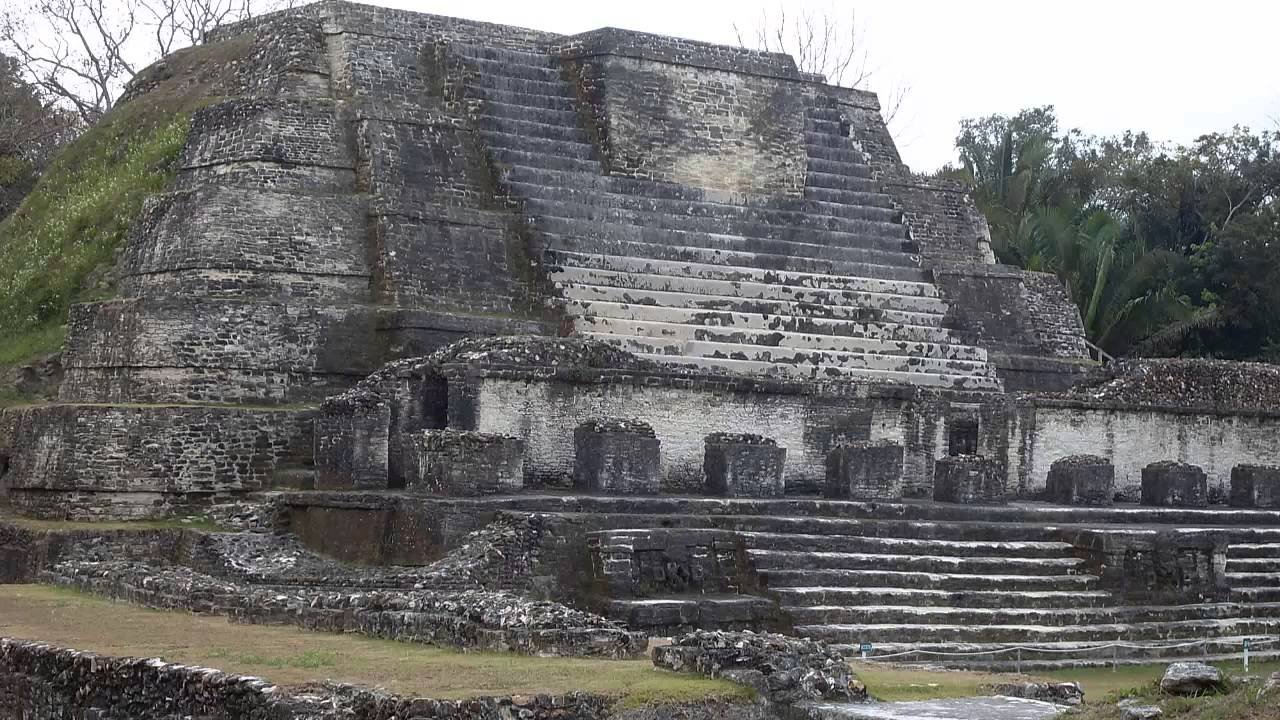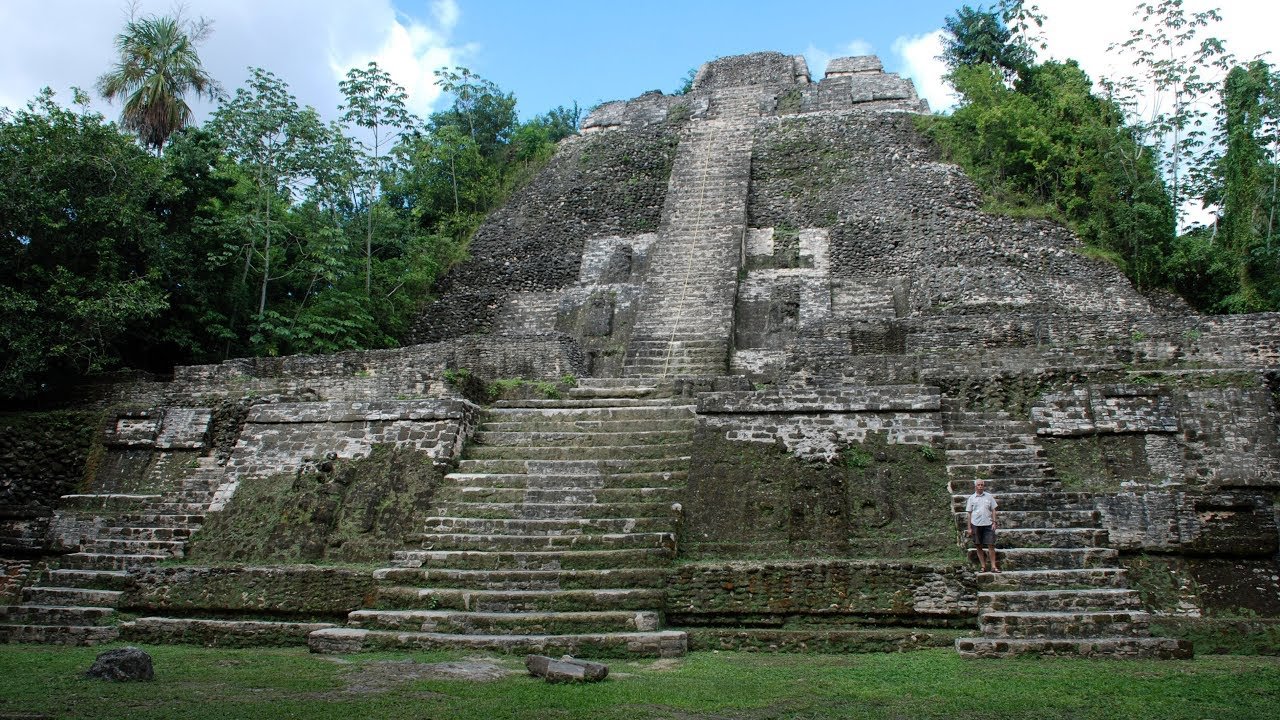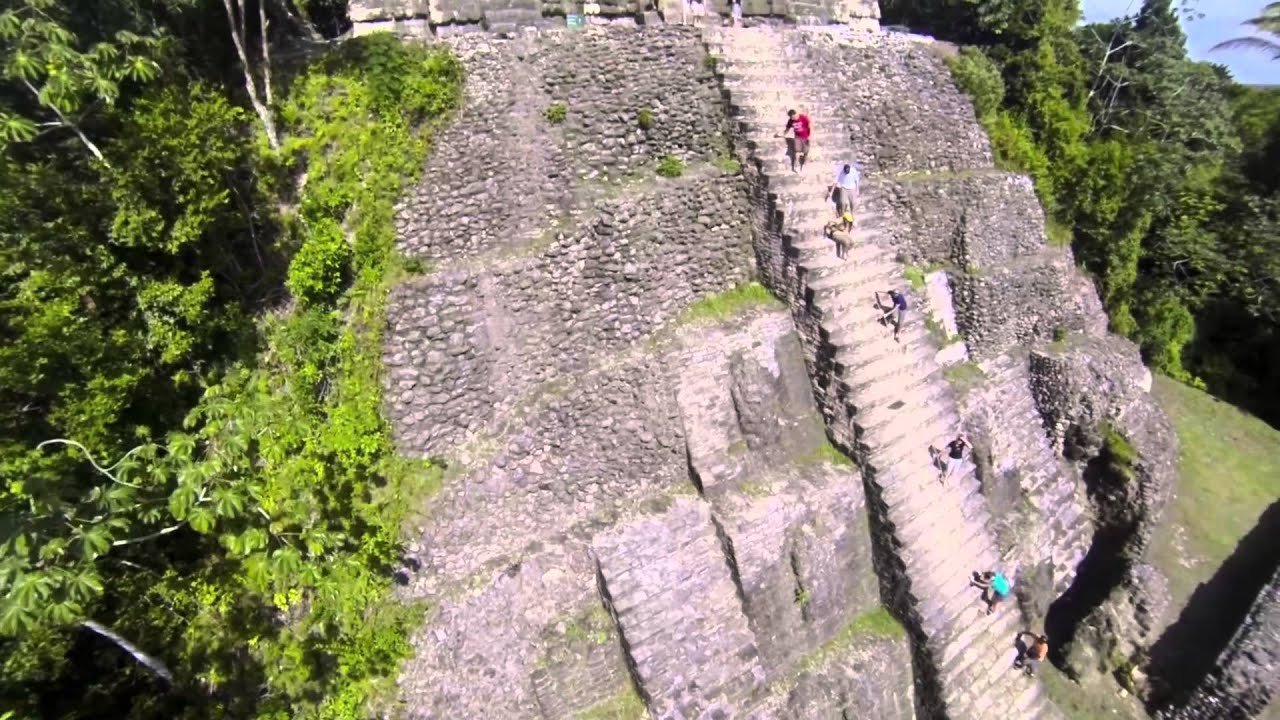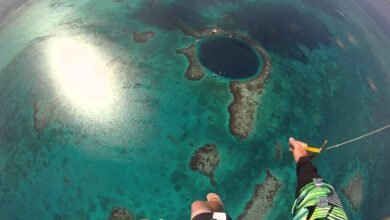Introduction of Lamanai Belize Ruins
The Lamanai Belize Ruins are a testimony to the architectural prowess, artistic brilliance, and historical significance of the Mayan civilization. Often referred to as the Mayan Mask Temple, these ruins unveil stories of an era long gone. Let’s embark on a journey to explore the mysteries of this magnificent archaeological site.

History of Lamanai
Situated on the western banks of the New River Lagoon in northern Belize, Lamanai’s history spans over 3,000 years. The site’s name, derived from the Maya term “Lama’anayin,” meaning “submerged crocodile,” depicts the civilization’s reverence to this powerful creature. The crocodile motifs found in the ruins validate this connection.
From the Pre-Classic to the Post-Classic period, Lamanai thrived as a bustling Mayan city, witnessing significant evolutions in politics, commerce, and religion. The city’s longevity was exceptional, outlasting many other Mayan cities.
The Architecture of the Mayan Mask Temple
The High Temple: Towering at 33 meters (108 ft.), the High Temple offers panoramic views of the surrounding region. Rituals, ceremonies, and community gatherings often took place here, highlighting its importance in Mayan socio-religious life.

The Mask Temple: A defining structure of Lamanai, the Mask Temple, owes its name to the gigantic limestone masks adorning its façade. These masks, representing ancient Mayan deities, are remarkably preserved, reflecting the detailed craftsmanship of Mayan artisans.
The Jaguar Temple: True to its name, this temple exhibits jaguar motifs, symbolizing power and dominance. As jaguars were revered in Mayan culture, this temple stands as a tribute to the majestic creature.
Stela and Plazas: Lamanai’s many stelae, carved stone slabs, offer glimpses into Mayan life, depicting rulers, gods, and events. The plazas, surrounded by pyramids and residential complexes, were the epicenter of daily activities.
Religious Significance of Lamanai Belize Ruins
Lamanai’s temples, particularly the Mask Temple, played a pivotal role in Mayan religious practices. Ceremonies, offerings, and dances dedicated to the gods were commonplace. The intricate masks, stelae, and altars underscore Lamanai’s spiritual enthusiasm, with the Mask Temple standing as a beacon of Mayan religious artistry.
Lamanai’s Interaction with the Wider World
Lamanai was a key trade center, connecting the Caribbean coast and inner cities. Artifacts from distant lands, including obsidian from Guatemala and copper bells from Mexico, affirm its extensive trade networks. Its strategic location along the river facilitated commerce, making it a hub of economic activity in ancient Mayan civilization.
Rediscovering Lamanai
After centuries of dormancy, Lamanai Belize Ruins were rediscovered in the 20th century. Excavations have unearthed tombs, artifacts, and structures, painting a vivid picture of its heyday. Today, it stands as a monumental testament to the Mayan civilization, attracting scholars, tourists, and history enthusiasts worldwide.
Conservation and Tourism
The Belize government, in collaboration with international organizations, is tirelessly working to preserve Lamanai Belize Ruins. Efforts are underway to ensure its stories are told for generations to come. With guided tours, visitor centers, and interactive exhibits, Lamanai is more accessible than ever, ensuring its legacy endures.

Conclusion
The Lamanai Belize Ruins, particularly the Mayan Mask Temple, are not just relics of the past but living narratives of a civilization that once was. Their magnificence, history, and artistry beckon travelers from across the globe, urging them to delve into the world of the Mayans. For those keen on understanding humanity’s shared heritage, Lamanai stands as an unmissable destination.


